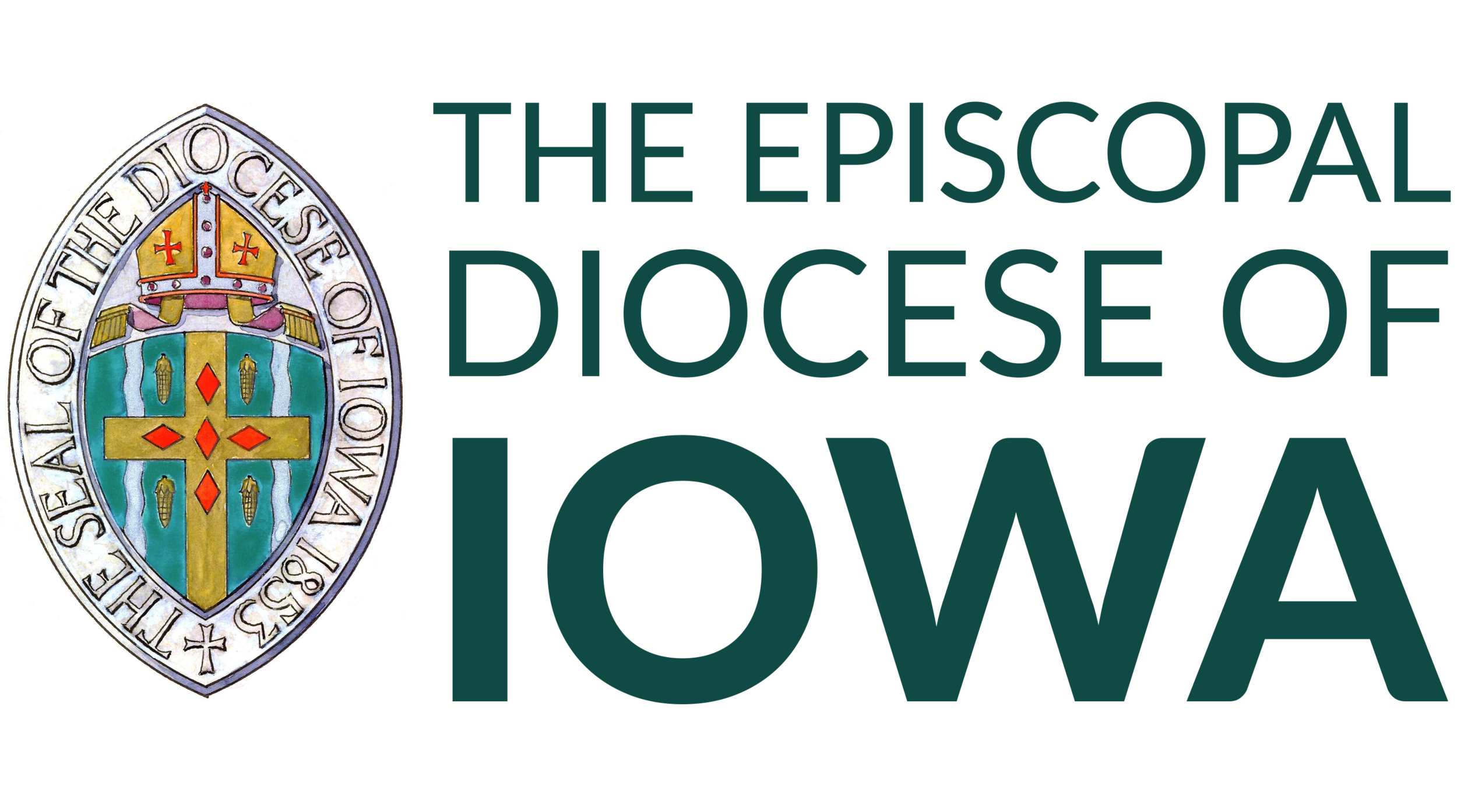September 2024 e:News: From Bishop Monnot
This month I had the joy of gathering with clergy of the diocese for retreat time at the Shalom Center in Dubuque. The Center is run by Franciscan sisters, and in their emphasis on Creation Care they have restored many acres of their land to the prairie environment that was original to that part of Iowa.
The prairie is beautiful, and I was able to take a walk through it one afternoon. There are tall grasses of various kinds, goldenrod, milkweed, and many, many other plants that I cannot identify. I could hear the calls of many different insects as I walked, and I saw several Monarch butterflies as well.
For part of my walk, I went along a trail that circled the perimeter of the prairie. On the other side of the fence was a typical Iowa cornfield, looking just like so many other cornfields across the state. There is beauty in an Iowa cornfield and in the way it changes throughout the growing season. I get excited to see the tiny green shoots in the spring and watch the plants as they get taller and taller, and now as we approach harvest time the stalks begin to take on a golden color before they dry completely.
There is beauty in the monoculture of an Iowa cornfield, and also the yield of that field, the corn that Iowa is famous for. Iowa farmers work hard to create the conditions in their fields that will maximize their harvest. Fields have to be made ready for planting, have to be fertilized and sprayed against weeds and crop-destroying pests, have to be harvested and more. This is simply the nature of a cornfield: growing a field of corn requires a lot of work and a lot of input, and without that sustained effort, there is no cornfield.
Prairie, on the other hand, is at its best when left largely alone. Nature designed the mix of plants and insects and other animals that live in the prairie to be interdependent and sustainable. A prairie environment thrives without outside work and input because of its diversity, the dynamic harmony that includes and enfolds every one of the species present in the environment.
It is tempting to think that, if we wanted to turn a cornfield into a prairie, as the Franciscan sisters did at the Shalom Center, we could just stop tending it, and it would just naturally revert to the diversity of the prairie as it was before it was plowed and seeded, fertilized and all the rest to make it into a cornfield. As it turns out, though, it takes tremendous work to convert land that has been used for monoculture crops, or even for lawn grass, into a self-sustaining prairie. Native plants must be reintroduced, invasive species must be prevented from growing, and care must be taken as the prairie re-establishes itself. Finally, after all that work and time, we are rewarded with a sustainable, diverse, and beautiful prairie environment.
The church has much to learn from monoculture, prairie, and the transition from one to the other. As an institution, we tend toward monoculture. Our buildings often look the same or very similar, and our churches almost always have buildings. Our primary worship is on Sunday morning, almost always at ten o’clock. We have a very strong “one church, one priest” model, such that even when a congregation has not had the exclusive services of a full-time priest for decades, we still think of that model as the ideal. We have gotten very good over the centuries at supporting our monoculture church, but in recent decades it has taken more and more work to keep it going.
In contrast to the monoculture of the church, God’s creation and God’s people are a model of diversity. There is diversity in the many ways that people connect with God, the ways they understand themselves to be a part of a larger whole, and the ways they find to love their neighbors. God is doing so much in the world that does not fit into the current model of the church, and often we do not even know how or where to look.
It takes a tremendous amount of work to turn a cornfield into a prairie, and it will take a tremendous amount of work to move from a monoculture model of church to a model that includes more diversity and finding God where God is in the world. The result of the work, though, will be far more sustainable, as congregations gather when, where, and how God calls them in their own contexts, and learn to be interdependent with one another and with their neighbors and communities, leading to mutual flourishing.
We will learn to meet our neighbors and share our spiritual stories with them, and hear their spiritual stories, and recognize the truth, the dynamic harmony, that we all share and that makes us one. Like the prairie grasses, our roots will grow deeper into God, and we will respond to the breath of the Holy Spirit as the wind ripples across. The prairie environment requires every native prairie plant and animal to play its unique part. Through diversity, the prairie is both beautiful and sustainable, reflecting the glory of God. How might the church become more like the prairie?
Yours in the abundant life of Christ,
+Betsey
The Rt. Rev. Betsey Monnot, Bishop of the Episcopal Diocese of Iowa

